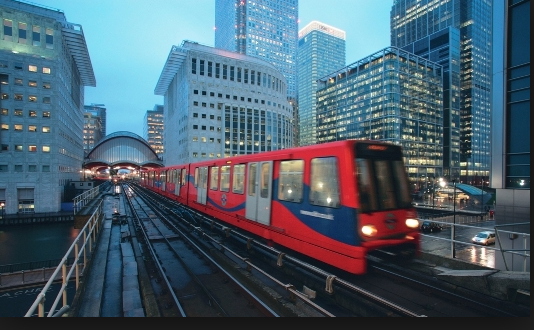My new book, Travel Fast or Smart?, is one in a series of short books on policy and economics topics described as ‘essays on big ideas by leading writers’. My contribution is a critique of the inconsistencies of transport policy in recent decades, which I attribute to the shortcomings of conventional transport economic appraisal in identifying the benefits that arise from investment. This book is available both in print and as an ebook from Amazon Books
Transport for London (TfL) has published an illuminating report on the topic of Land Value Capture (LVC) – the way in which transport investments could be funded from a share of the increased value of land and property that follows when access is improved as a result of the investment. This study was carried out in response to a request from the Government for detailed proposals.
The range of possible approaches to LVC is wide, and overseas experience is relevant. A conclusion is that of past projects, the Jubilee Line Extension to Docklands resulted in land value uplifts of 52% relative to controls, and the Docklands Light Railway extension to Woolwich, 23%. For eight prospective TfL projects costing around £36bn, land value uplifts could be £87bn. So plenty of value that could help fund these new investments.
The Annexes to the main report are interesting, particularly Annex 7, the literature review of the theory and practice of the relationship between transport and land value, a relationship which does not form part of the orthodox approach to cost:benefit analysis of transport investment. The orthodox approach is concerned with benefits to users, particularly time saved through faster travel. The orthodox view is that to include the uplift of the value of land made more accessible by the investment would double count benefits that accrue to users. However, the user benefits are notional, based on the outputs of transport models, whereas the land value uplifts are real and observable.
Assessment
The TfL report is important, both to identify possible ways of using LVC to fund new projects, and also to assert the relevance of land value uplift as a measure of the economic impact of transport investments. Chris Grayling, Secretary of State for Transport, in a speech on 6 December 2016, recognised the case for LVC:
I want to look at innovative ways of funding infrastructure development. Often the opening of a new road or a new railway line or station can transform the value of development land. It is right and proper that the government gets back some of the value it has created to invest in infrastructure. We have seen this happen for Crossrail through the mayoral community infrastructure levy.

